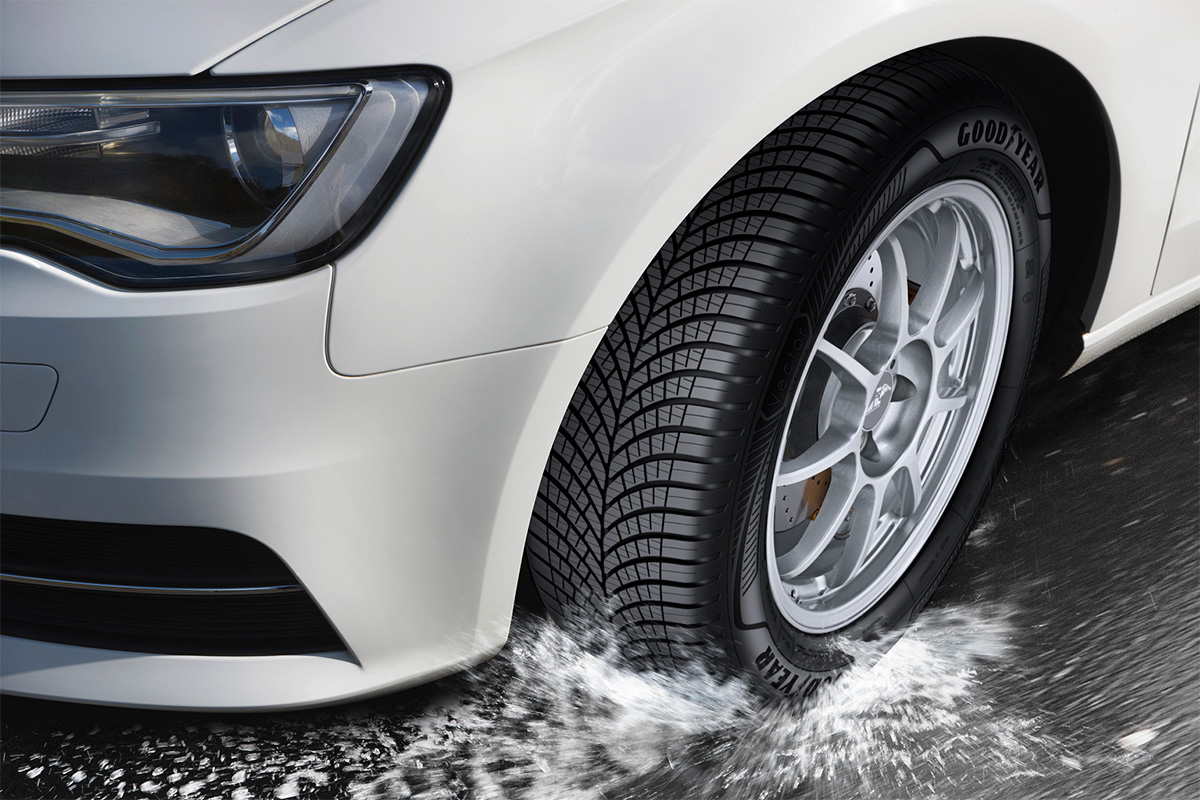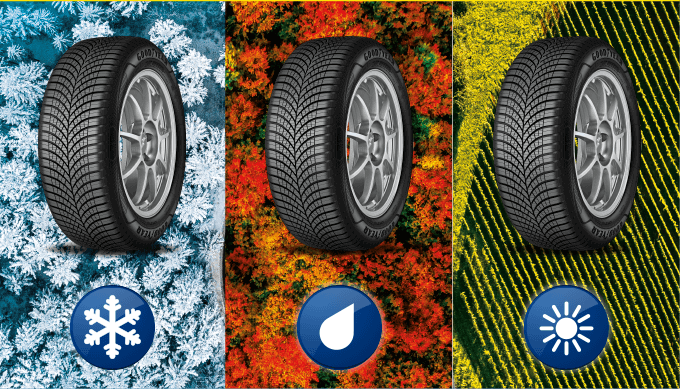In the UK, you must change your tyres when the tread depth falls below the legal limit of 1.6mm. You may also need to replace your tyres if they are damaged and cannot be repaired. For example, a bulge in the sidewall or a deep cut caused by a sharp object – it is recommended to check both sides of your tyre for any possible damage. Ultimately, replacing your car tyres is important to keep you safe and keep your car performing at its best with optimum handling and control.
You should also consider that new tyres have around 6-8mm of tread and as that tread depth decreases, so can tyre performance. The legal tread depth limit is 1.6mm, which is why it is important to continue to monitor the depth prior to reaching this limit.
A tyre nearing the minimum tread depth may not react the same way as a new tyre in certain conditions. Should you feel that your tyres are not performing as well as when they were new in wet conditions and are nearing the minimum tread depth, it is time to consider their replacement. Passenger tyres should be removed once they have passed the legal limit on 1.6mm – if not the driver could receive a penalty.
A tyre’s braking performance at 1.6mm can be compromised when compared to a new tyre, especially in wet conditions. This can lead to increased breaking distances and an increased risk of aquaplaning. Therefore, it’s important to replace your tyres as soon as you can see that the tread depth is getting low.
How quickly that happens depends on various things, such as your driving habits, road conditions where you live and how well you maintain your tyres. Check your tyres regularly, especially if they are not handling the way you expect them to. It may be that it’s time to get them changed.
Read our guide on checking your tyre tread.















